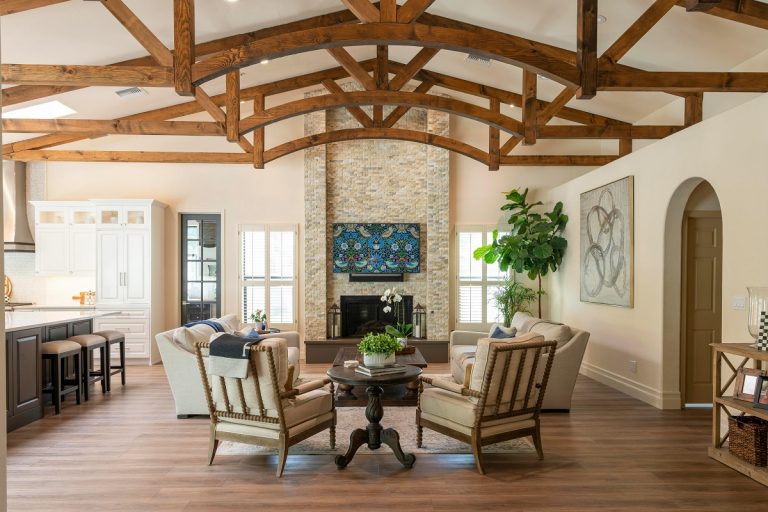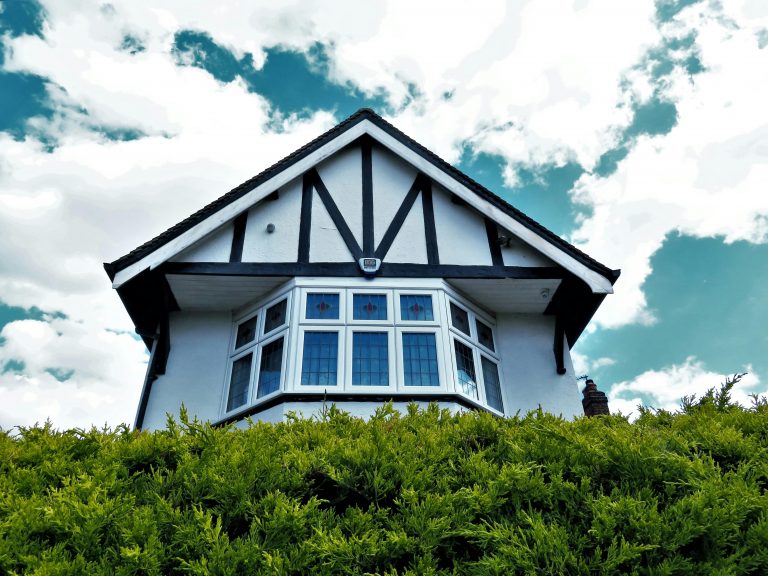

Sound matters.
Silence matters as well.
You only have to sit a poorly designed moving theater to understand how disruptive poor sound quality can be. In some of the smallest theaters, for instance, is the correct acoustic building products have not been used, you may actually hear more of the movie from the adjoining theater than the soundtrack and dialogue from the movie you are watching.
You might be tempted to think that acoustic building products only matter in movie theaters, church sanctuaries, music studios, and performance stages, but in reality the best built structures take into account a plan for sound insulation panels, soundproof wall panels, and other necessary materials. The proper placement of the appropriate acoustic building products, in fact, should actually be a part of any type of architectural plan. From nursing homes with residents who share common walls to hospital rooms that open into busy and noisy hallways to school classrooms that are crowded side by side, acoustic building products are needed to make sure that a space functions properly.
Acoustic Ceiling Products Like Ceiling Clouds Create a Better Sound Environment
Sound products are the kinds of things that many people may take for granted. Concert attendees, for instance, may know that they enjoy the music at the holiday orchestra performance, but few in attendance understand all of the physical features that both create and direct the sound. And while some may walk into a performance hall and marvel at some of the beautiful architecture, even fewer understand that the architecture that they are admiring is often a specific part of the acoustic plan for the space.
If you ever have the chance to sit in on a discussion that covers the acoustical needs of a building, you will find yourself listening to whole spectrum of terms that are very specific to the industry. For instance, sound clouds are neither soft nor fluffy, but instead are hard, flat panels that appear to float from the ceiling with a purpose of capturing sound and reflecting it back into the listening area. Sound wedges panels, on the other hand, are recommended to absorb low to high frequency sounds. Many of these panels come with an adhesive peel and can be purchased in 12″ by 12″ panels with a 2″ depth curve relief. These kinds of products can be planned in the initial design of a room, but can also be used to help transform a current space into a higher quality sound environment. With more and more people graduating with sound engineer degrees, the field of acoustical sound professions continues to expand.
Silence Is as Important as Sound to Acoustic Engineers
Just as graphic designers and website marketers spend their time concerned about white space as well as the graphics that they create, so too do sound engineers concern themselves with creating silent spaces as well as planning for sound. In fact, it is likely that there are more locations that require noise reduction and noise elimination than there are spaces that are concerned about creating a quality sound.
From hospital rooms to research facilities to high school and college classrooms, being able to eliminate sound is an essential function of a sound engineering team. Even when the complete elimination of sound is not needed, it is important to make sure that noise reduction plans are put into place to protect both employees and consumers. Did you know, for instance, that as many as one in eight people in the U.S. aged 12 years or older has hearing loss in both ears? This number represents 13%, or 30 million, of the people in that age group. And while some of this hearing loss is caused by loud music and other exposures, a growing number of hearing loss cases are caused by unsafe work environments.
Research indicates that noise at the level of 85 decibels and beyond for a prolonged period of time puts people at risk for hearing loss. This level compares to the amount of noise created by garbage disposals, dishwashers, average factories, freight trains within 15 meters, car washes at within 20 feet, propeller plane flyovers at 1000 feet, diesel trucks traveling 40 miles an hour within 50 feet, and diesel trains traveling at 45 miles per hour within 100 feet.




